In recent years, the area of ponds and lakes has been shrinking, the area for growing water caltrop has decreased, but in some localities such as Phu Cu, Tien Lu... people still take advantage of the water surface area to grow water caltrop to earn extra income.

According to the experience of local people, water chestnut is an “easy-going” plant, just need to choose a low-lying field or take advantage of the pond at the beginning of the lane to plant water chestnut. After nearly two months of soaking in the black mud, the water chestnut seedlings move, take root and grow into plants on the water surface. Water chestnuts do not grow too deep in the mud but float on the surface of the field when the water is full. When mature, water chestnut leaves grow in thin clusters, its flowers grow from the stem, small and pure white. At that time, in the countryside fields, there are scattered fields of dark green water chestnuts dotted with the white of the petals. Growing water chestnuts is not difficult, however, harvesting is very hard. To harvest water chestnuts, people have to soak all day in the fields to pick the tubers. In deep fields, the water chestnut pickers have to sit on a light corrugated iron boat, picking each clump of water chestnuts and picking each tuber attached to the water chestnut stem, usually each clump of water chestnuts produces from 5 to 7 tubers. If they are not picked in time, a few days late, the old tubers will fall and sink into the mud. At that time, the pickers had to dig their hands deep into the mud to find the water chestnuts. After being brought to shore, the water chestnuts were washed, sorted, and then sold.
Cuong Chinh Commune (Tien Lu) has more than 12 hectares of water chestnuts. Currently, fresh water chestnuts are sold for 12,000 to 15,000 VND/kg, 1 sao of water chestnuts brings in a profit of about 6 million VND/year. These days, amidst the immense green of water chestnuts, people in the commune are busy harvesting water chestnuts to sell in time for the season.
The main type of larva grown by people in the commune is the spiny larva. This type of larva has a thin shell, more flesh, and is sweeter than other larva varieties. This is an easy-to-grow larva variety, requires little care, and is suitable for local farming conditions. During the care process, farmers mainly fertilize the plants to help them grow and prevent snails from harming them when they are young. This type of crop has a short growing period, high yield, and long harvest, so it is chosen by many farmers for cultivation. In addition, this larva variety has a delicious and sweet quality, and is popular in the market.
In order to take advantage of the available low-lying rice fields, ponds and lagoons, in addition to growing water chestnuts, households in the commune combine fish farming to increase income. Ms. Nguyen Thi Thanh Binh in Dang Xa village, Cuong Chinh commune said: Compared to rice cultivation, growing water chestnuts has less seasonal pressure, less investment in fertilizers and less use of pesticides, but the profit is also higher than rice cultivation. In years with heavy rain and storms, low-lying rice fields can be completely lost, but water chestnut fields have a good harvest. In addition to income from water chestnuts, taking advantage of the water surface area, I also raise grass carp, common carp... Every year, when the water chestnut crop ends, my family harvests tons of fish each year.
Comrade Vu Thanh Ba, Vice Chairman of Cuong Chinh Commune People's Committee, said: In addition to bringing economic value, water chestnuts after harvest are also quite convenient in consumption. In the coming time, the commune will continue to encourage people to convert low-lying fields, ponds, lakes, and swamps to grow water chestnuts combined with raising fish, contributing to helping people have more income.
The profession of growing water chestnuts in Tien Tien commune (Phu Cu) has existed for many years, not only bringing income to households growing water chestnuts, but also contributing to solving employment for many idle agricultural workers in and outside the commune. Every year, when it is time to harvest water chestnuts, on average, each person can collect from 50 to 80 kg of water chestnuts per day, with an average income of 150,000 to 200,000 VND/day.
Growing water chestnuts not only contributes to increasing income but also helps people be more confident in expanding the area of suitable crops in the best cropping season, increasing income per unit of cultivated area. Thereby, contributing to promoting the transformation of crop structure, promoting local socio-economic development.
Van Anh
Source


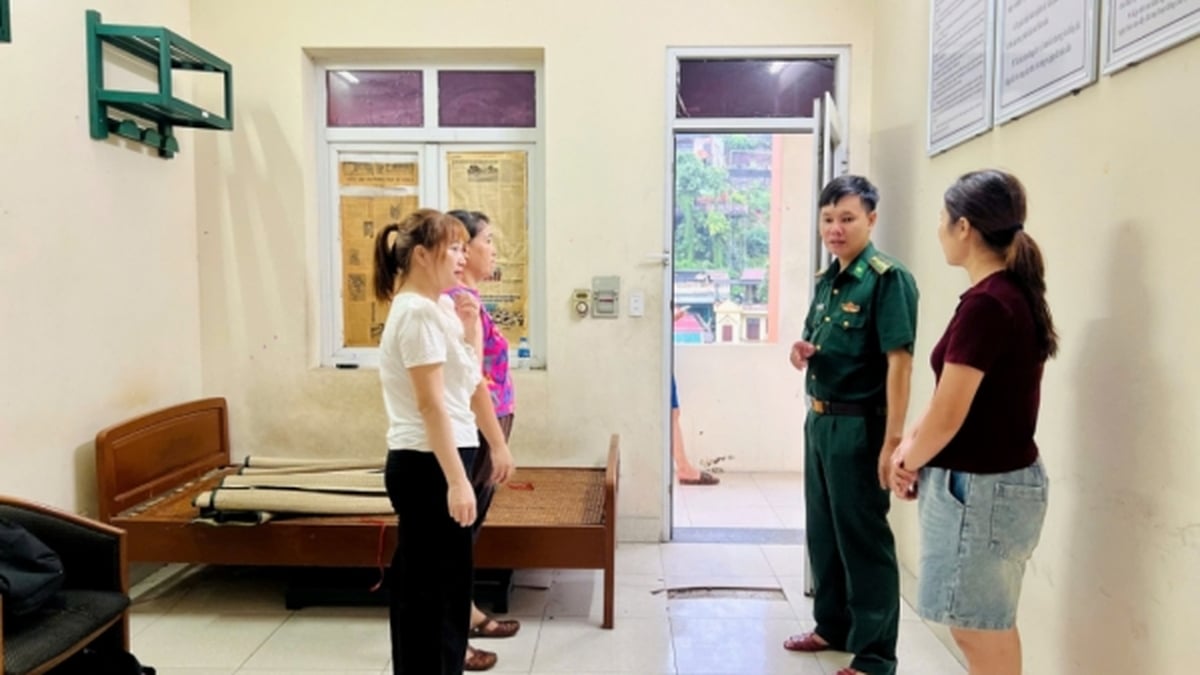
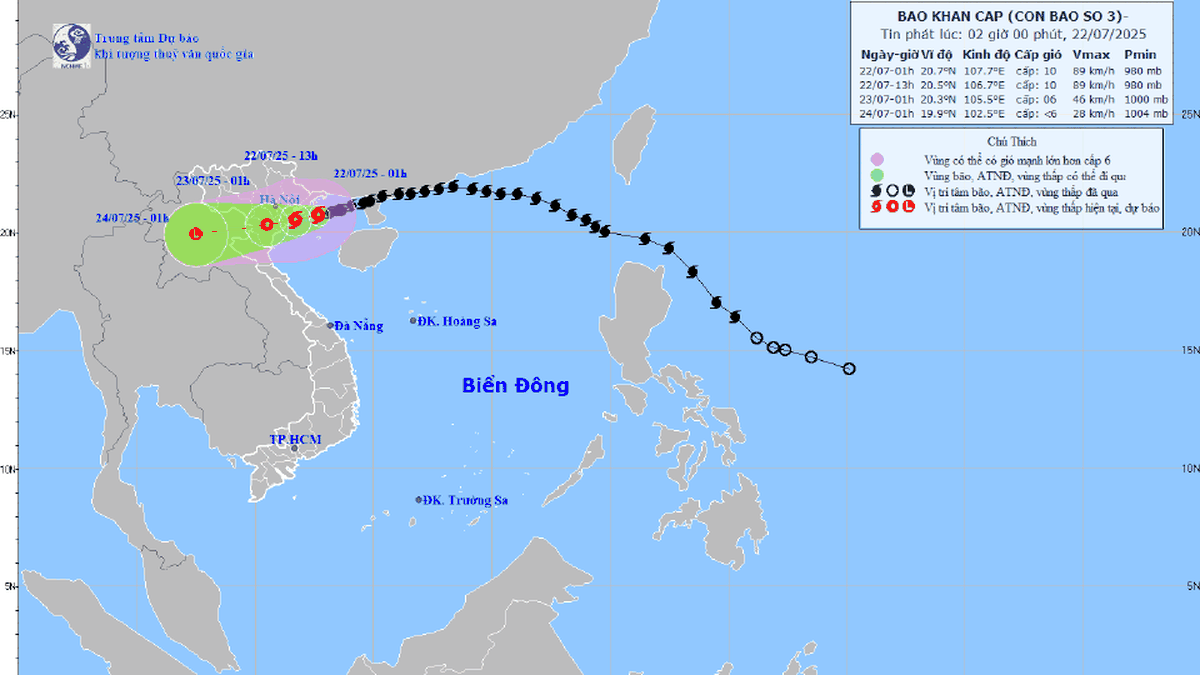
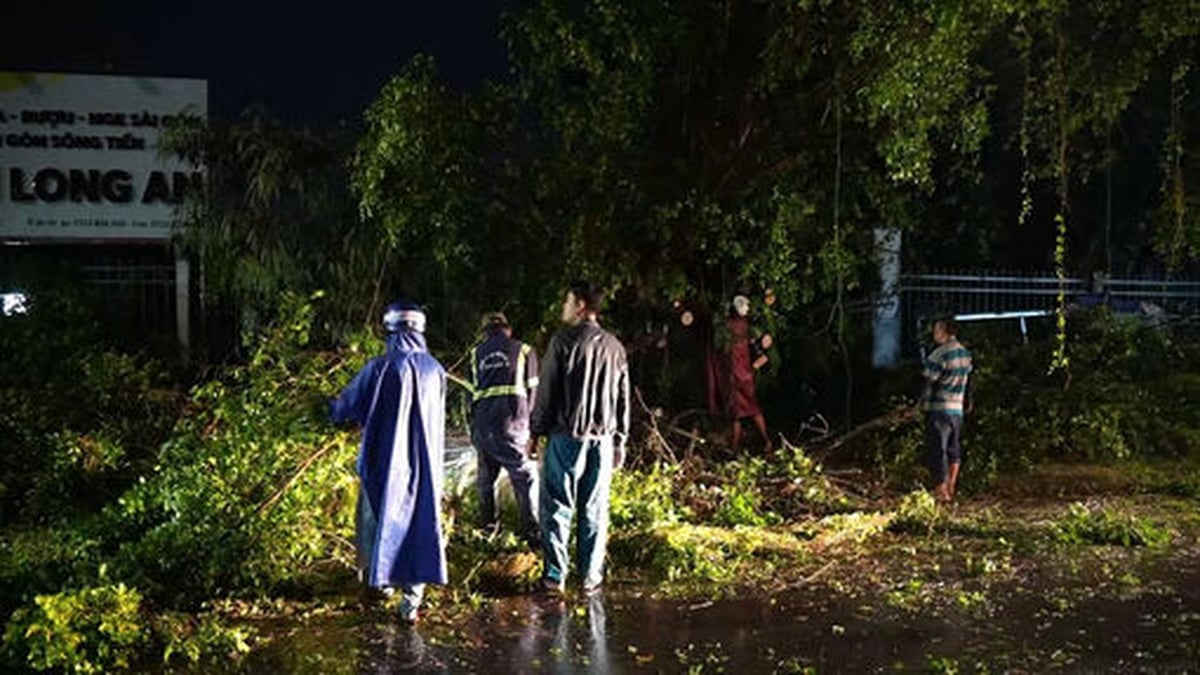
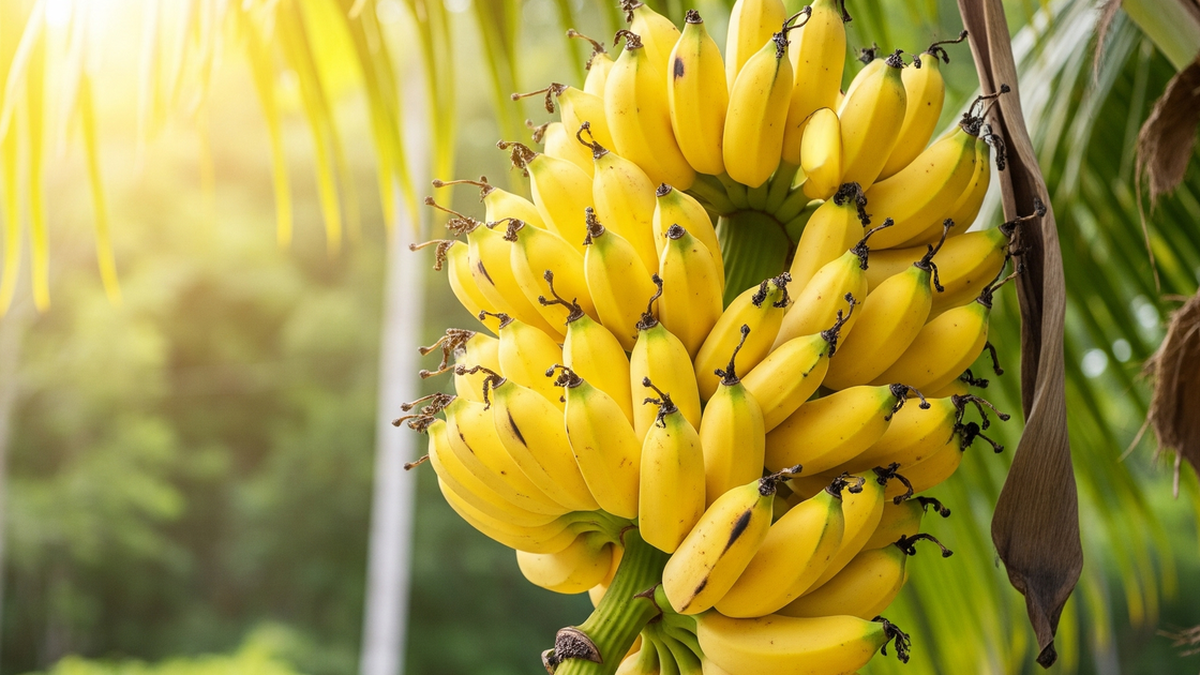

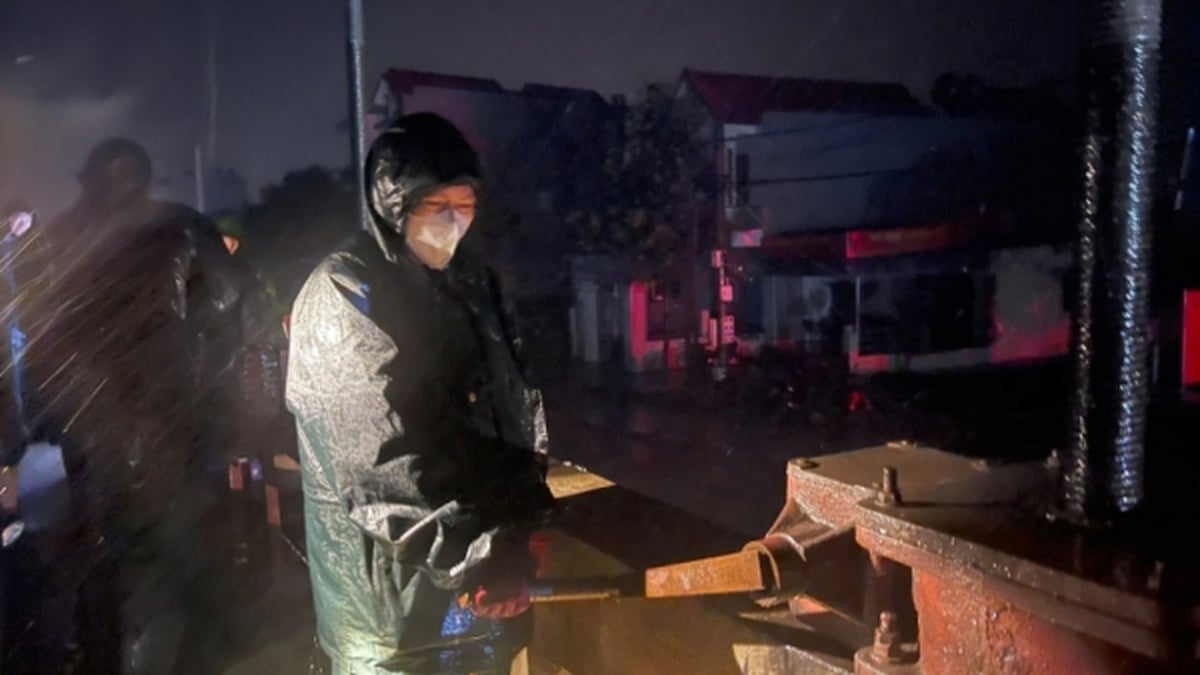

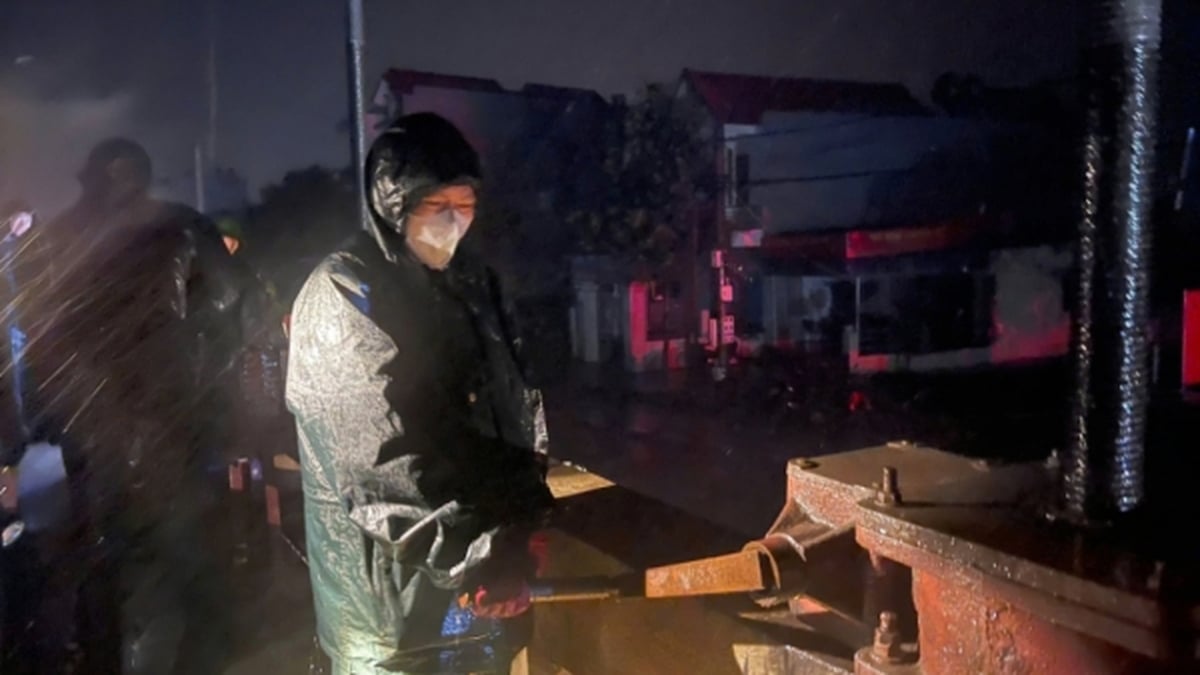












![[Photo] National Assembly Chairman Tran Thanh Man visits Vietnamese Heroic Mother Ta Thi Tran](https://vphoto.vietnam.vn/thumb/1200x675/vietnam/resource/IMAGE/2025/7/20/765c0bd057dd44ad83ab89fe0255b783)














































































Comment (0)